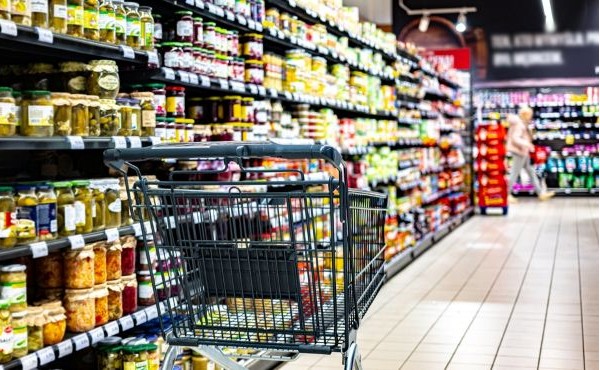Despite rising food prices, shifting consumer confidence, and tough competition from discount retailers and superstores, traditional brick-and-mortar grocery stores are holding their ground in 2025. A recent analysis by Placer.ai reveals that these stores are not only maintaining their share of visits but also seeing an overall increase in foot traffic.
One key factor behind this trend is store expansion. Since 2022, overall visit numbers have grown faster than visits per individual store, indicating that new store openings are driving the boost rather than pulling traffic away from existing locations. What’s more, the average number of visits per store is also on the rise, showing that growth is sustainable.
However, how people shop is shifting. The report notes that shoppers are spending less time in stores than they did in 2021, suggesting a move toward quicker, more frequent trips. This could be due to consumers trying to avoid big, expensive shopping runs or shopping selectively across multiple stores to find the best deals. To adapt, grocery chains are encouraged to redesign layouts and enhance grab-and-go sections to better serve quick-stop shoppers.
While discount stores and wholesale clubs have gained a larger share of food-at-home visits over the last six years—often at the expense of giants like Walmart and Target—traditional grocery stores have kept their visit share steady since early 2019.
Even with growing competition from value chains, ethnic markets, and fresh-format grocers, mainstream grocery stores continue to attract the bulk of in-store food shoppers. The market, however, is becoming more polarized. Higher-income shoppers tend to favor fresh, health-focused grocery formats, while budget-conscious customers lean toward value retailers.
According to Placer.ai, “The dual appeal of value and quality will be a defining trend for grocery success in 2025.”
Stores that manage to deliver on both fronts are likely to come out ahead.
Interestingly, remote workers are playing a big role in shaping traffic patterns. Fresh-format grocers see over 20% of their customer base coming from people who work from home, especially during midday hours. This opens up an opportunity for all grocery segments to attract lunchtime shoppers by upgrading their in-store salad bars or quick-meal options.
Size matters too. Smaller grocery stores—those under 30,000 square feet—are outperforming their larger counterparts, with a 3.2% increase in visits compared to last year.
As Placer.ai sums it up: in grocery retail, “bigger isn’t always better.”
Source: GlobeSt.

